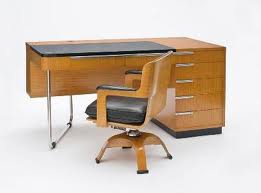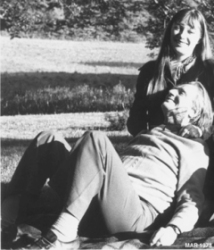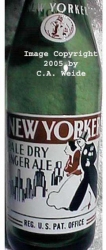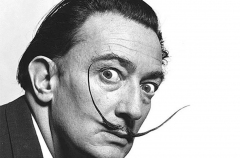
Karl Emanuel Martin Weber was born in Berlin, 1889. At a later date he was referred to by school mates as Kem as a nickname. As a professional, he adopted his nickname using KEM as his given name.
After finishing at The Kunstgewerbeschule (school of decorative arts) he found employment with Bruno Paul who had been his professor. In 1914 Paul sent him to California to supervise the construction of the German pavilion for The Panama-Pacific International Exposition in San Francisco. When World War I intervened, the plans were confiscated, the pavilion was not built, and Weber was stuck in The United States.
Weber scuffled to make a living decorating flowerpots, working as a lumberjack, and operating a chicken farm. In 1919 he moved to Santa Barbara and opened a design studio. In 1921 he went to work for Barker Brothers in Los Angeles and became art director, a position he held until 1927 when he resigned but stayed on as a design consultant.
In 1926 he opened the “Modes and Manners” shop in the Barker Brothers store; It was the first large Modern furniture and interiors shop in California that sold his furniture designs, as well as furniture from Paul Frankl and other Eastern Modernists.
In 1934 he established the “Tempo” shop at Barker Brothers where he designed the showroom, and much of the furniture to be sold. The shop was open until World War II.
In the 1930’s Weber designed furniture for a number of companies including Berkey and Gay Furniture Company, Karpen Furniture Company, The Mueller Furniture Company, Barker Furniture Company, The Widdicomb Furniture Company, Higgens Manufacturing Company, the Grand Rapids Furniture Company, and the Lloyd Manufacturing Company.
Weber stopped designing furniture with the outbreak of World War II and worked as an architect until his death in 1963.




.png)